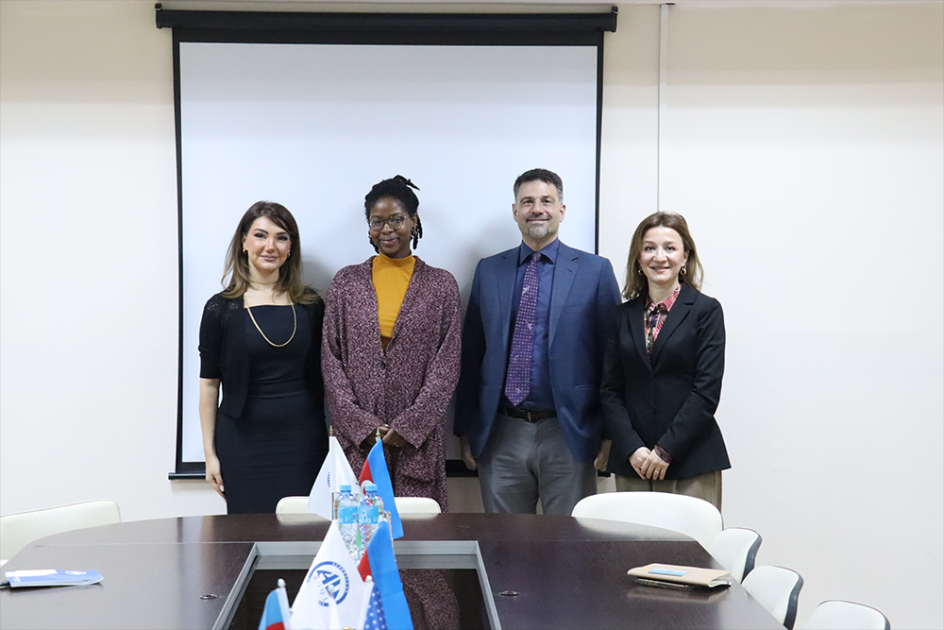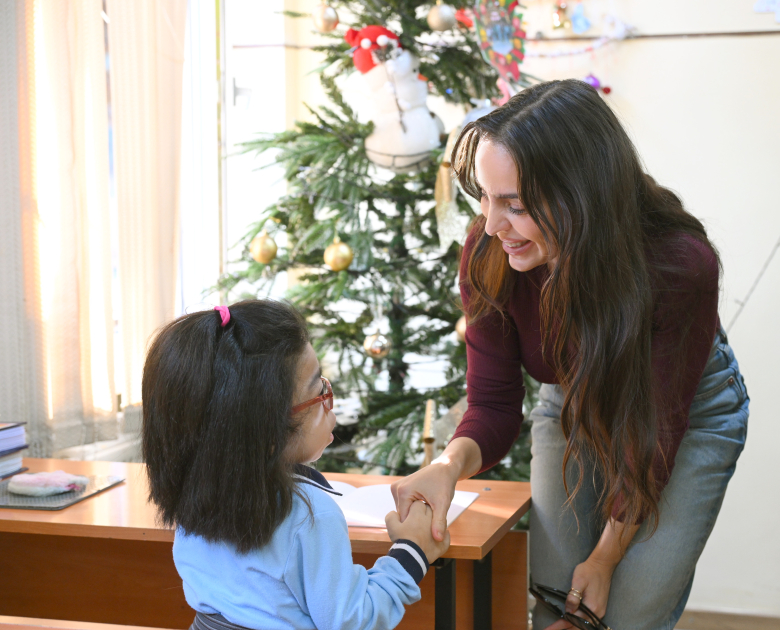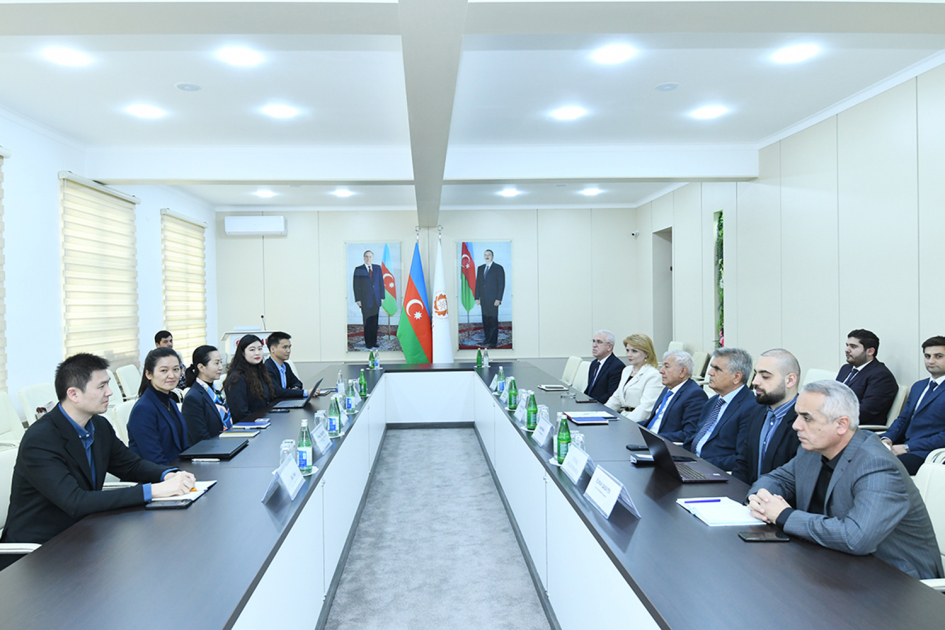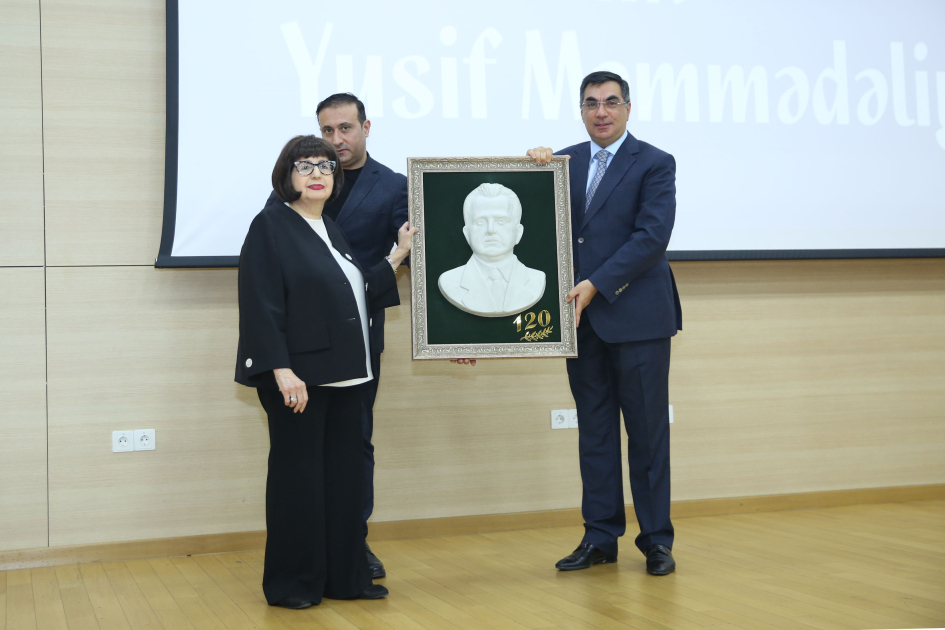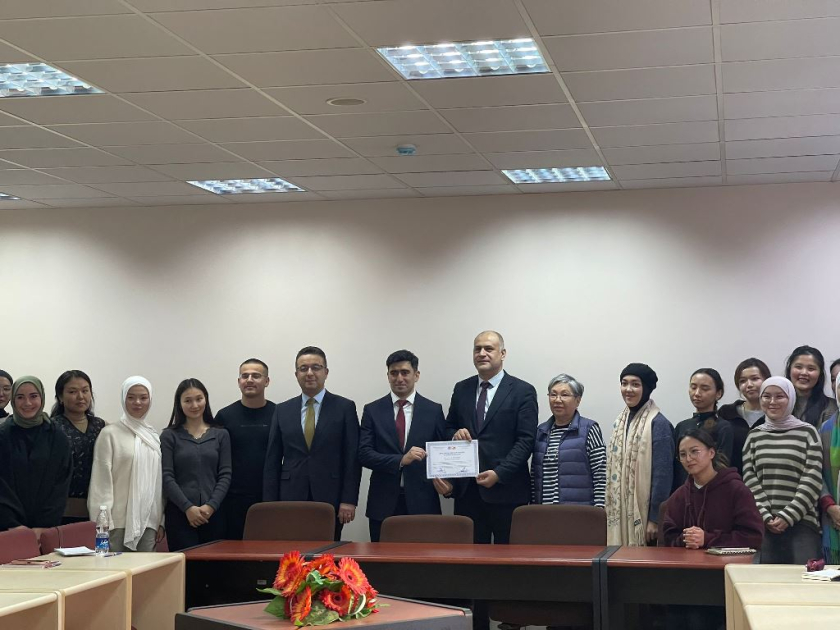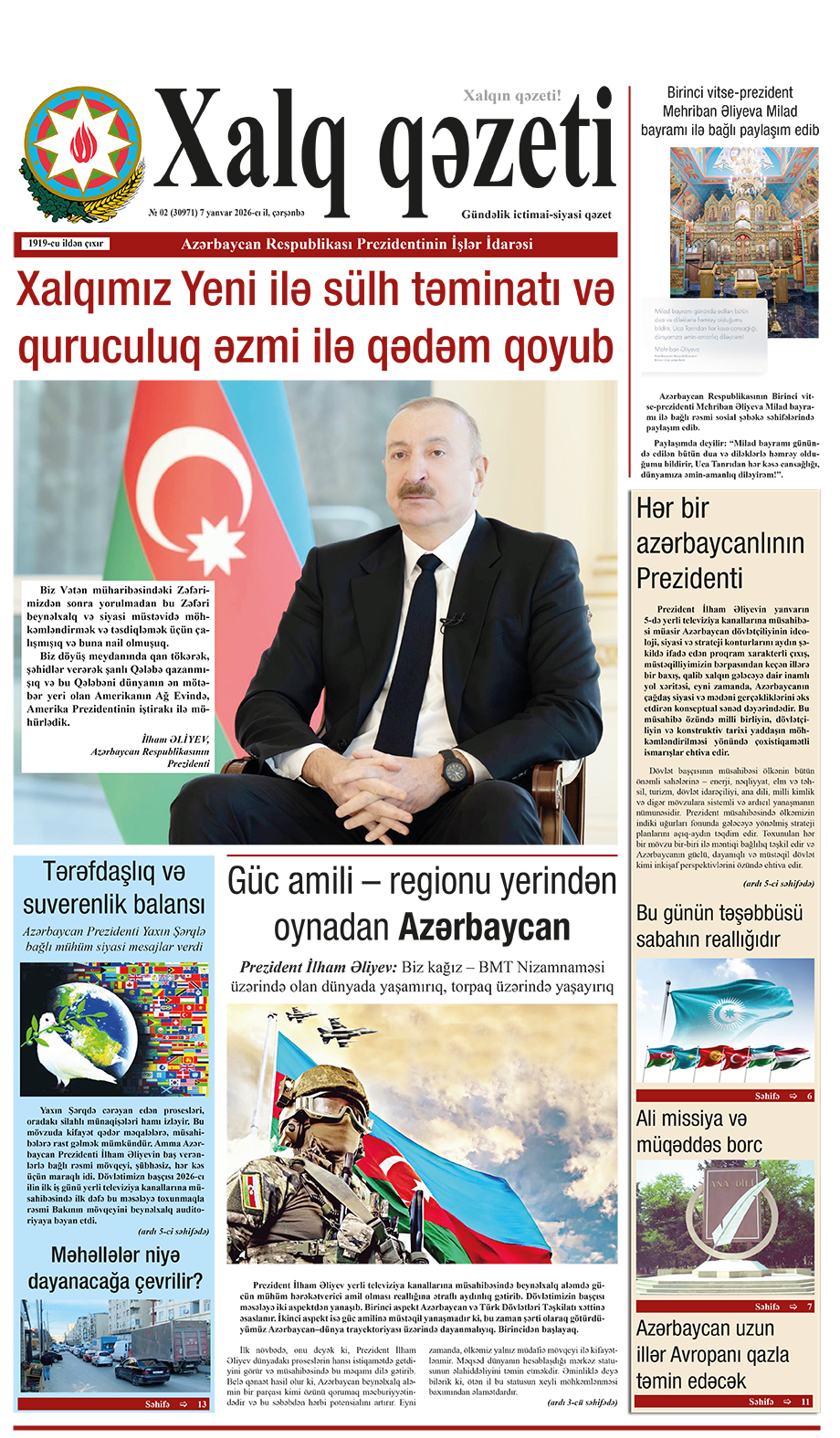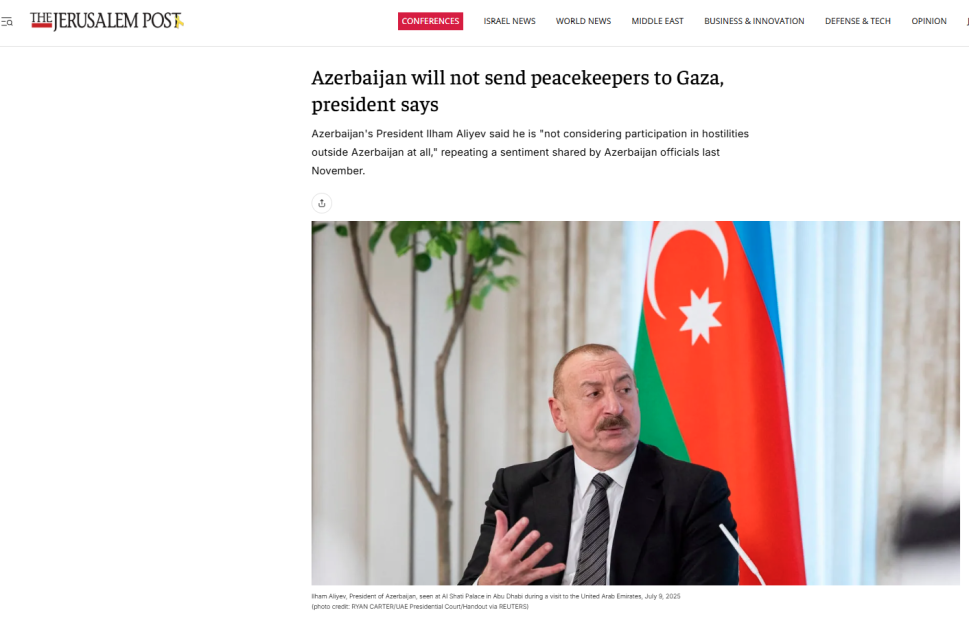A recent World Bank report titled "Better Education for Stronger Growth" sheds light on the education prospects in the region of Europe and Central Asia (ECA), including Azerbaijan.
According to Report, the document reveals that by 2050, the school-age population in countries such as Azerbaijan, Bosnia and Herzegovina, Croatia, North Macedonia, Poland, Serbia, and Ukraine is expected to decrease by at least 25% compared to 2022.
Albania, Armenia, Bulgaria, and Kosovo are projected to experience an even more significant drop of at least 30%.
The report noted that the ECA region was home to approximately 122 million people under the age of 20 in 2022. This number is expected to decline to just under 119 million by 2030 and further decrease to 106 million by 2050, representing a 14% reduction.
While Central Asian countries anticipate growth in their school-age population by 2050, the rest of the region will face substantial declines.
The shrinking child population will lead to excess infrastructure and low student-teacher ratios. Moreover, the issue of education quality is becoming increasingly pressing. Over the past decade, education levels in the ECA region have declined, with a few exceptions.
The median reading score in the Progress in International Reading Literacy Study (PIRLS) among fourth-graders dropped from 547 in 2006 to 518 in 2021 in participating countries, including Azerbaijan, Bulgaria, North Macedonia, Poland, Russia and Turkiye. This decline was slightly more significant than in EU countries, where the average score fell from 542 to 526 over the same period.
A similar trend is observed in the Programme for International Student Assessment (PISA) mathematics results among 15-year-olds. The median score in the ECA region decreased from 441 in 2012 to 427 in 2022, comparable to the drop in EU scores from 490 to 475. The education gap in mathematics between the ECA region and top-performing East Asian countries widened from 114 points in 2012 to 117 in 2022, equivalent to four and a half years of schooling. Student performance in the ECA region has notably deteriorated following the COVID-19 pandemic, even in countries with the region's best education systems.



